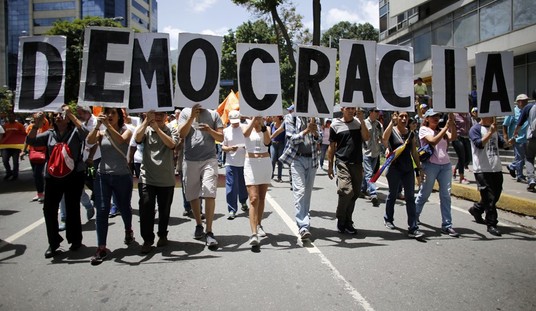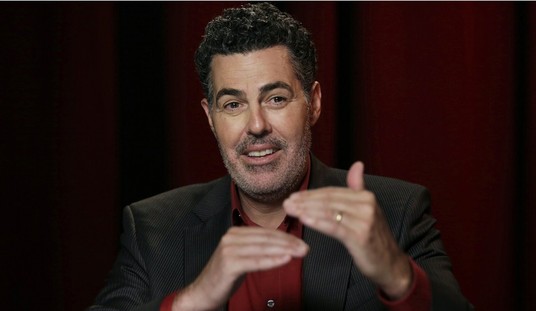Mary Katharine Ham and La Shawn Barber write about the very recent–as in 1966–origins of Kwanzaa. Ham describes a news story on Kwanzaa cut in half by an editor who decided it to play it as safe as the New York Times covering Woody Allen or John Kerry:
I was asked to do a story on a local Kwanzaa celebration when I worked at a newspaper a couple years ago. Between second grade and then, I had figured out that Kwanzaa was created about the same time as Nancy Sinatra’s career. But I didn’t know about Karenga until I started Googling.
Then I found the Front Page Magazine article linked above, written by Paul Mulshine, a columnist for the Newark Star-Ledger. After I clicked on it, I almost wished I hadn’t.
I had planned to do the dutiful, fluffy Kwanzaa story. I had planned a sprinkling of history, some winning photos of 6-year-olds, and quotes lauding the act of gourd-painting as a path to cultural awareness. I had it planned.
Paul Mulshine threw off my plan, and I knew I was in trouble. In trouble because I couldn’t, in good conscience, leave all the bad stuff about [Ron] Karenga out of a story about the holiday he created. In trouble because I knew this would cause problems with my editors.
I called Mulshine, who was nice enough to do an interview with me and send me some of his sources, so that I could have some back-up when my editors asked me about it. I called Karenga and left a message on his machine, but never heard back from him.
I interviewed the teachers and students involved with the Kwanzaa celebration. I got all the gourd-painting quotes I needed, but I also asked what they knew about Karenga and his unsavory past. They knew nothing about it. I asked if they knew why Kwanzaa used Swahili terms when most American slaves came from thousands of miles away from anywhere Swahili was spoken. They didn’t know. Many of them didn’t know the holiday was created in California in 1966, just as I hadn’t.
In the end, I compromised. I wrote 10 inches of fluffy holiday story. The childrens’ Kwanzaa artwork was beautiful and deserved to be spotlighted, no matter what kind of man Karenga was. But I also wrote 10 inches on Karenga. Nothing too graphic. I didn’t get into the specifics of the torture. I didn’t list every one of his misdeeds. But I thought a little of that was important to the story, especially since it seemed no one knew anything about it.
The next day, I picked up the paper. My 20-inch story had become 10 inches long overnight. Can you guess which 10 inches they cut?
This paper never cut for space. It rarely edited a word I wrote. As a result, a 10-inch cut was conspicuous, to say the least. And indefensible. And in this case, expected.
My editor and I had a civil conversation about it, the conclusion of which was something along the lines of, “well, you just can’t write stuff like that. Just because…you just can’t.”
Just another mile-marker in my journey out of the newspaper business.
And another mile-marker on the road to the Blogosphere–and beyond.










Join the conversation as a VIP Member